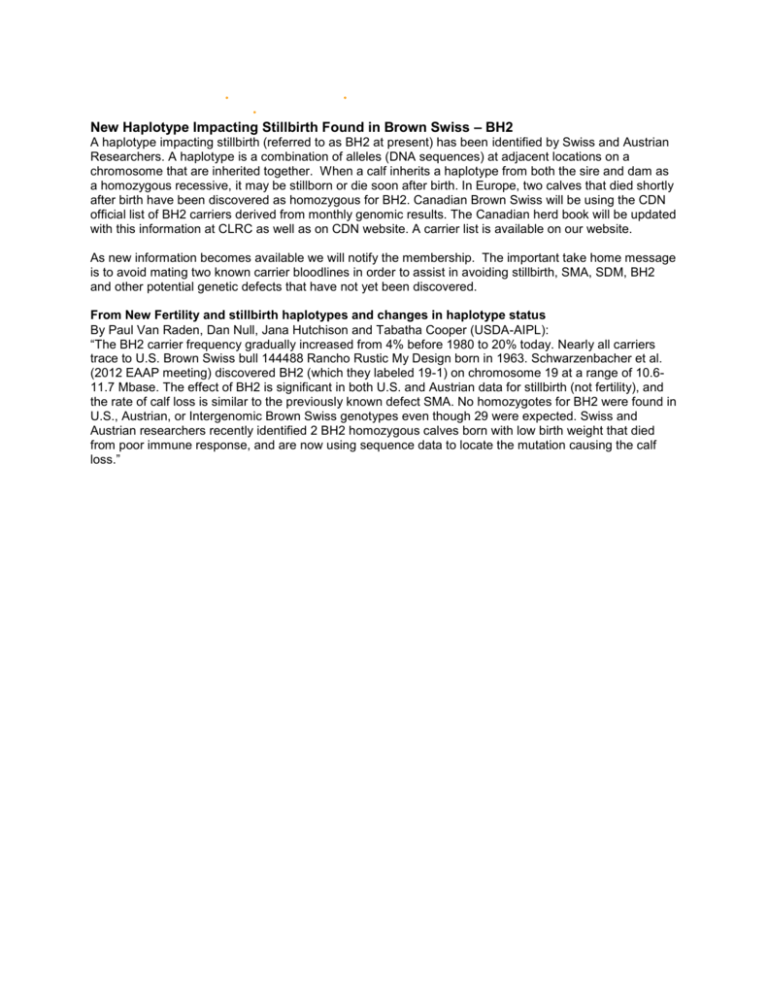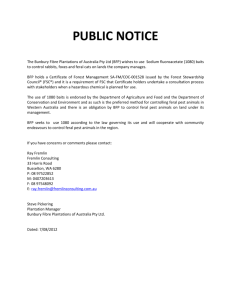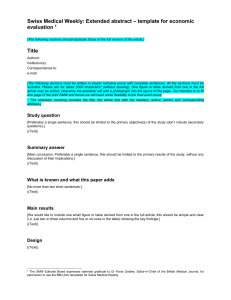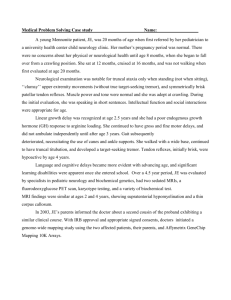BH2 Haplotype - Canadian Brown Swiss & Braunvieh Association
advertisement

#5, Guelph, ON N1H 6J2 • Phone: 519-821-2811 • Fax: 519-763-6582 Email: brownswiss@eastgen.ca • www.browncow.ca New Haplotype Impacting Stillbirth Found in Brown Swiss – BH2 A haplotype impacting stillbirth (referred to as BH2 at present) has been identified by Swiss and Austrian Researchers. A haplotype is a combination of alleles (DNA sequences) at adjacent locations on a chromosome that are inherited together. When a calf inherits a haplotype from both the sire and dam as a homozygous recessive, it may be stillborn or die soon after birth. In Europe, two calves that died shortly after birth have been discovered as homozygous for BH2. Canadian Brown Swiss will be using the CDN official list of BH2 carriers derived from monthly genomic results. The Canadian herd book will be updated with this information at CLRC as well as on CDN website. A carrier list is available on our website. As new information becomes available we will notify the membership. The important take home message is to avoid mating two known carrier bloodlines in order to assist in avoiding stillbirth, SMA, SDM, BH2 and other potential genetic defects that have not yet been discovered. From New Fertility and stillbirth haplotypes and changes in haplotype status By Paul Van Raden, Dan Null, Jana Hutchison and Tabatha Cooper (USDA-AIPL): “The BH2 carrier frequency gradually increased from 4% before 1980 to 20% today. Nearly all carriers trace to U.S. Brown Swiss bull 144488 Rancho Rustic My Design born in 1963. Schwarzenbacher et al. (2012 EAAP meeting) discovered BH2 (which they labeled 19-1) on chromosome 19 at a range of 10.611.7 Mbase. The effect of BH2 is significant in both U.S. and Austrian data for stillbirth (not fertility), and the rate of calf loss is similar to the previously known defect SMA. No homozygotes for BH2 were found in U.S., Austrian, or Intergenomic Brown Swiss genotypes even though 29 were expected. Swiss and Austrian researchers recently identified 2 BH2 homozygous calves born with low birth weight that died from poor immune response, and are now using sequence data to locate the mutation causing the calf loss.”











